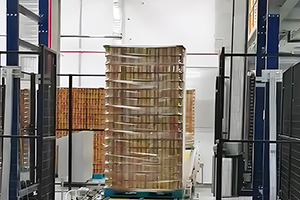Kazakhstan is the largest economy among the five Central Asian countries, and its business sectors have developed rapidly in recent years. The autoclaved aerated concrete industry in Kazakhstan is experiencing a period of rapid growth, with a supply shortage of AAC products. Although there are many AAC production lines in Kazakhstan, most of the factories are characterized by low production capacity, low level of automation, and low product yield, which results in failure to meet the increasing market demand and quality requirements.
Sensata Group is a well-known real estate developer in Kazakhstan. To ensure the quality and progress of their projects, they decided to invest in establishing their own AAC plant. After multiple site inspections and associated studies, Teeyer Intelligent successfully signed a contract with Sensata Group in 2023 to jointly build the UNITON project.
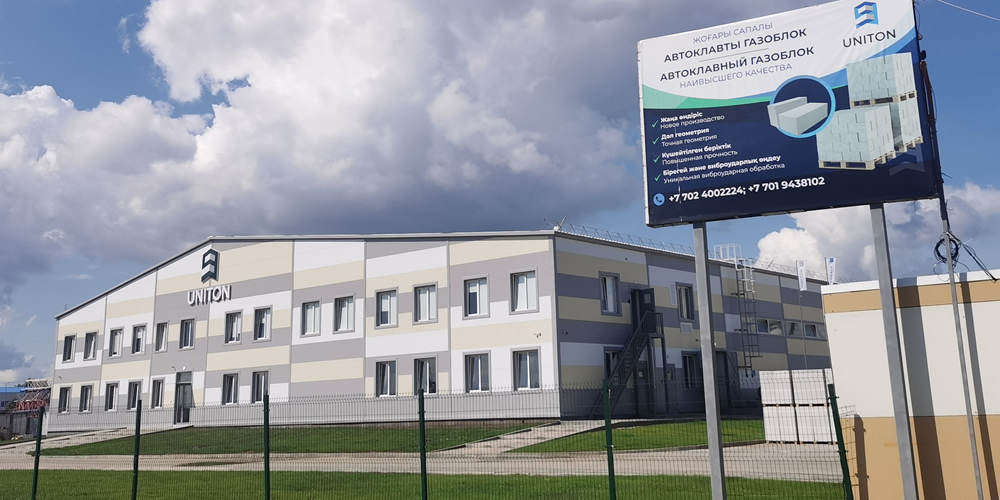 Located in Astana, Uniton will produce 200,000 cubic meters of AAC blocks annually and has been in operation since June 2024.
Located in Astana, Uniton will produce 200,000 cubic meters of AAC blocks annually and has been in operation since June 2024.
The Uniton project is among the most advanced and highest-standard AAC production lines established in Kazakhstan over the past three years. It takes into full consideration the local market characteristics, climatic features, and building design standards, and adopts Teeyer’s latest 4.8 m × 1.2 m model. As Astana is located in northern Kazakhstan, the long winter season limits the time available for large scale outdoor construction, resulting in significant seasonal variations in AAC product sales. Teeyer’s 4.8 m×1.2m model can adapt to a daily production capacity ranging from 300 to 1000 cubic meters, allowing users to flexibly adjust production capacity. When the peak season arrives and production volumes grow rapidly, the average energy consumption and labor requirements of the entire plant will not significantly increase. This is due to the flexibility of Teeyer’s equipment production rhythm and the precise control of automation. Under stable and reliable conditions, the 4.8 m×1.2m model can achieve a continuous production rhythm of two minutes per mould, without affecting the quality of the products or increasing equipment wear. This provides users with ample capacity for production increases, making production management more flexible and controllable.
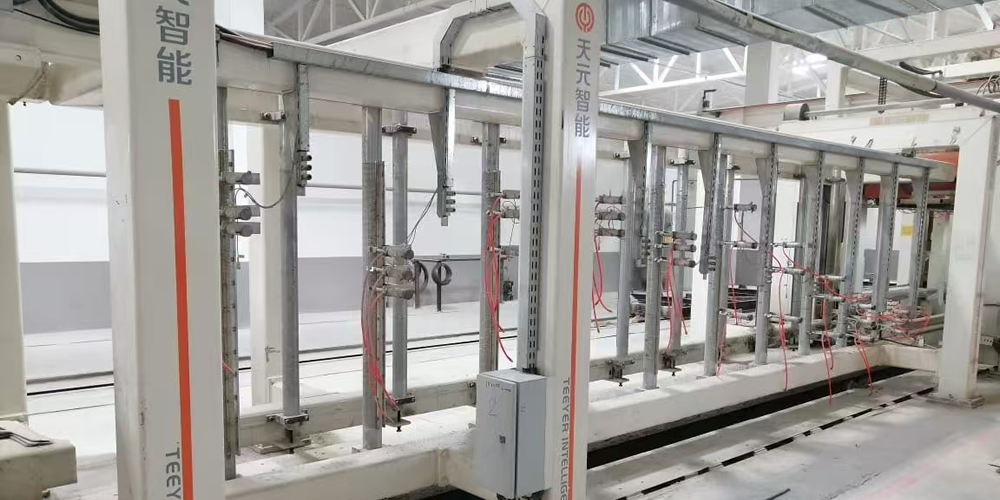 Teeyer’s 4.8 m×1.2m model can adapt to a daily production capacity ranging from 300 to 1000 cubic meters, allowing users to flexibly adjust production capacity.
Teeyer’s 4.8 m×1.2m model can adapt to a daily production capacity ranging from 300 to 1000 cubic meters, allowing users to flexibly adjust production capacity.
Teeyer was deeply involved in the entire construction process of the Uniton project, providing a full range of one-stop services, including preliminary plant planning, process design, civil construction guidance, equipment installation, automation commissioning, process formulation support, and trial production. It took only 11 months from signing the contract to producing the first product, making it one of the shortest construction periods for production lines in the Central Asian region. Teeyer not only has a strong equipment R&D team but also boasts professional design, project management, after-sales service teams, as well as an experienced AAC factory production and management team. During the construction of the Uniton project, Teeyer dispatched nearly 20 staff members to provide strong support and assistance to the user.
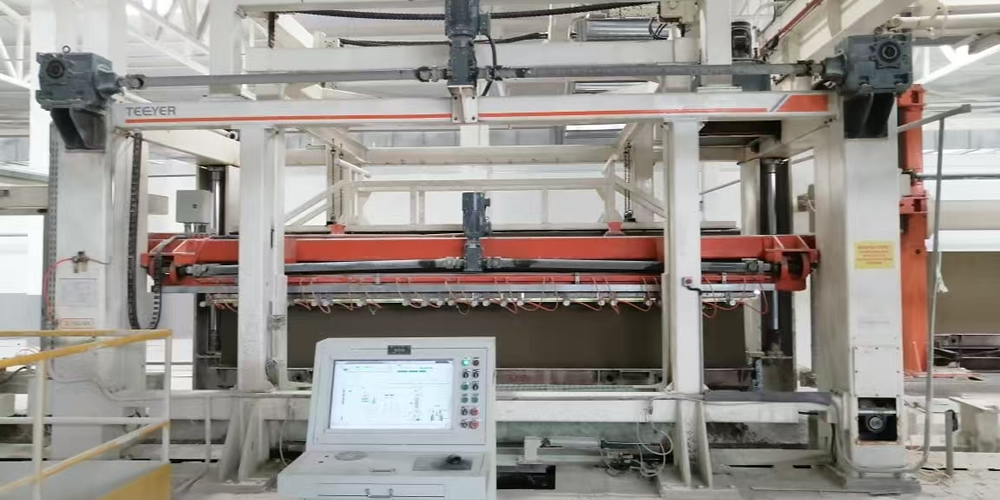 It took only 11 months from signing the contract to producing the first product, making it one of the shortest construction periods for production lines in the Central Asian region.
It took only 11 months from signing the contract to producing the first product, making it one of the shortest construction periods for production lines in the Central Asian region.
Considering the general lack of professional electrical engineers and maintenance workers in Kazakhstan’s AAC factories, the Uniton project’s automation design framework utilizes industrial Ethernet communication, using Profinet combined with a human-machine interface to form a three-level central control structure, regional centralized control, and single-machine control, enabling information exchange and data sharing. Siemens S7-1500+ET200 system equipment is used as the main hardware, employing advanced technologies such as system redundancy and digital computing. This design features low system failure rates, stable operation, and easy maintenance. The components of the three-level architecture complement each other, ensuring that the production line does not shut down due to control system failures.
Accounting for the local raw material conditions in Kazakhstan, Teeyer’s electrical engineers developed a process control system tailored for Kazakhstan, using advanced algorithms for precise mix design calculations and material process control. Through a simple automated operation process, it meets the requirements of the process data under different environmental conditions and achieves precise control of servo systems for cutting, conveying, autoclaving, and packaging equipment, ensuring product quality and improving production efficiency.
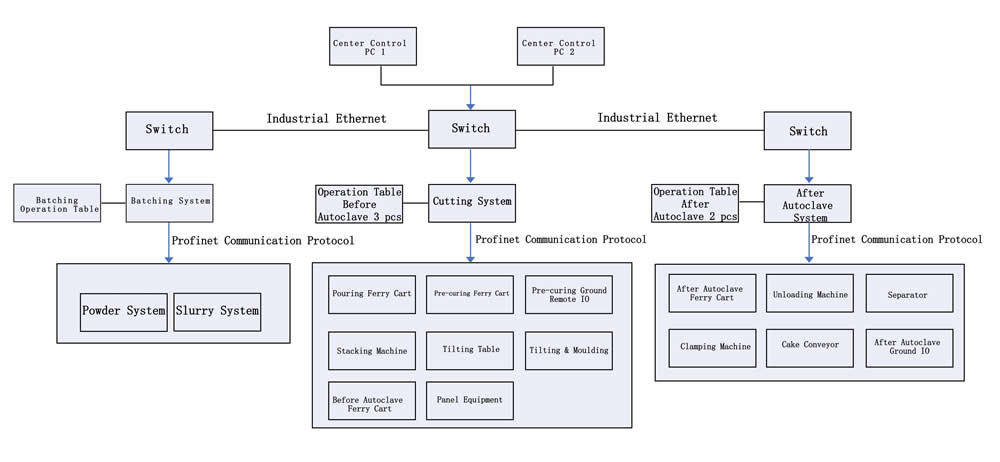 Teeyer’s electrical engineers developed a process control system tailored for Kazakhstan, using advanced algorithms for precise mix design calculations and material process control.
Teeyer’s electrical engineers developed a process control system tailored for Kazakhstan, using advanced algorithms for precise mix design calculations and material process control.
Through multi-logic programming, such as predictive programming, real-time feedback, position correction, feedforward control, and optimal control, the control system has been extensively upgraded across multiple production lines. High-precision sensors are widely used, and technologies such as background suppression, multi-detection, signal authenticity discrimination, and shielding are applied. These technologies consider and adapt physical production variables such as equipment position, displacement, liquid level, and temperature, achieving automatic, intelligent, and energy-saving control of the production process.
The human-machine interface is designed with process graphics, motion status, real-time data, trend curves, data reports, alarm records, and parameter settings, focusing on practicality, ease of use, and data visualization. This ensures that users can adjust equipment position, speed, and other parameters according to production needs and process requirements, as well as timely monitor the real-time status of on-site equipment and quickly find the required information and functions. Teeyer provides clear operation instructions and processes, enabling users to smoothly operate the systems and execute successful troubleshooting.
Teeyer Intelligent has been deeply involved in the AAC industry for over 30 years. During its internationalization process, it has always adhered to a “customer-centered” business philosophy, adapting to local conditions, and striving for localization in research and development, design, manufacturing, and service based on local market characteristics, product features, and individual needs of its customers. At the same time, Teeyer will continue to support users and industry associations in various regions to promote the use of AAC products, enabling more countries and regions to use lightweight, energy-saving, and environmentally friendly AAC products, thereby driving the transformation and upgrading of the local building materials industry.
-

- Raw Material Processing SectionAs the first part of the AAC block production line, the raw material preparation section includes several...
-
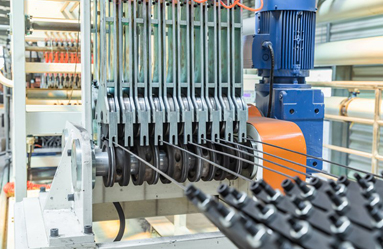
- Automatic Steel Mesh Fabricating and Circulating SectionThe straightened steel bars are welded into steel mesh automatically...
-
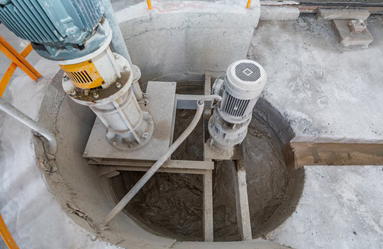
- Pouring & Pre-Curing SectionIn the batching and pouring section, you can find a range of related machines including...
-
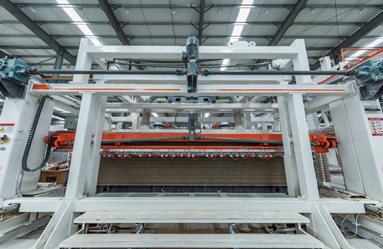
- Cutting SectionThe pre-cured concrete block in the mould will be cut into pieces as needed by the AAC cutting machine. ...
-
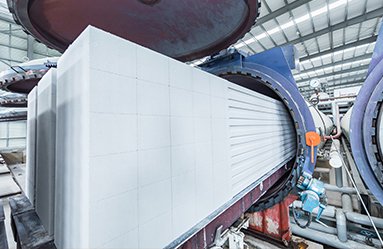
- Autoclaving SectionThe autoclaving section is a critical part of the entire AAC production line. It includes traction mechanism...
-
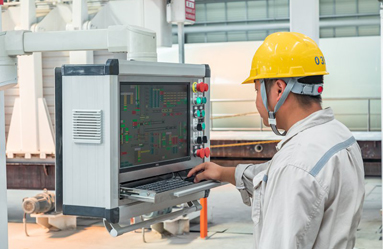
- Finished Products Packing SectionDCS automation control system is composed of Siemens PLC hardware, that is decentralized ...

 English
English English
English English
English Русский
Русский Español
Español العربية
العربية العربية
العربية Indonesia
Indonesia فارسی
فارسی